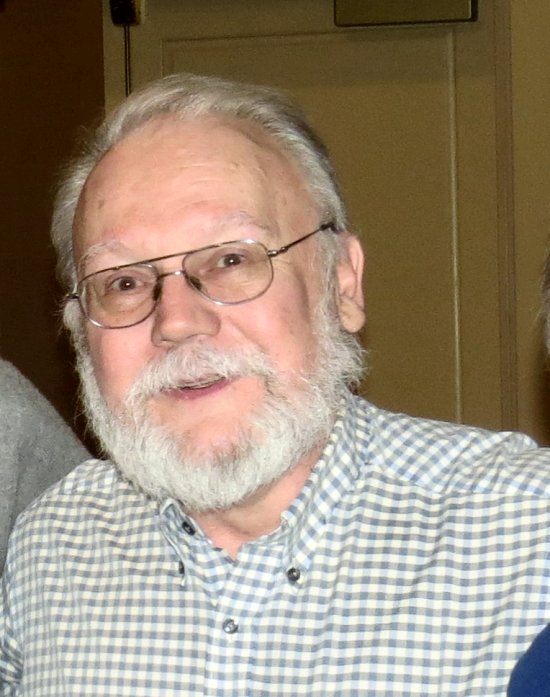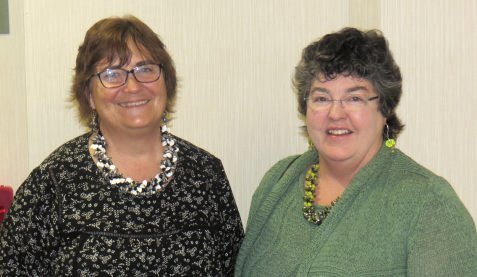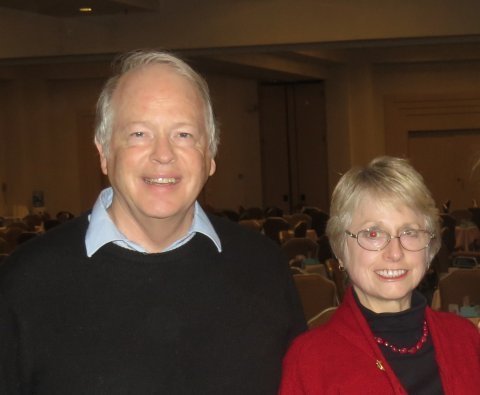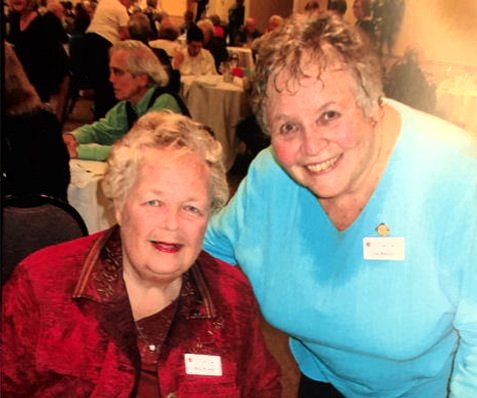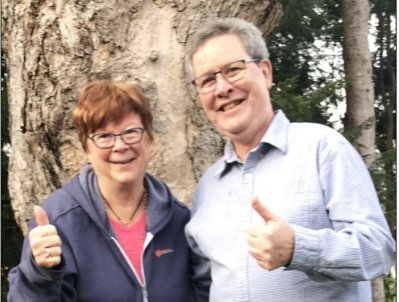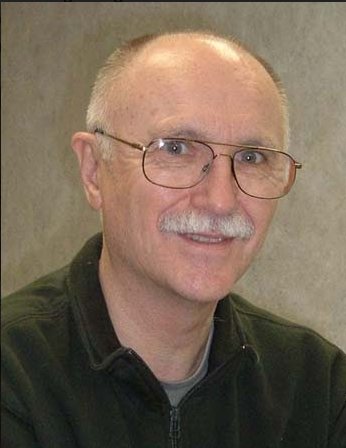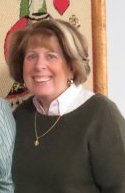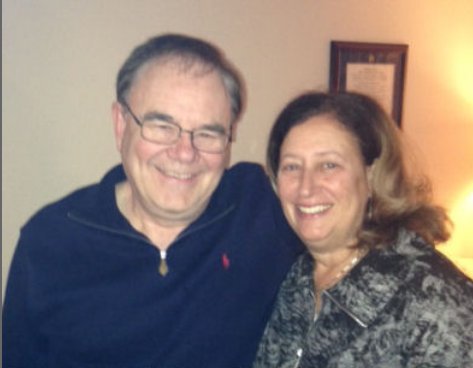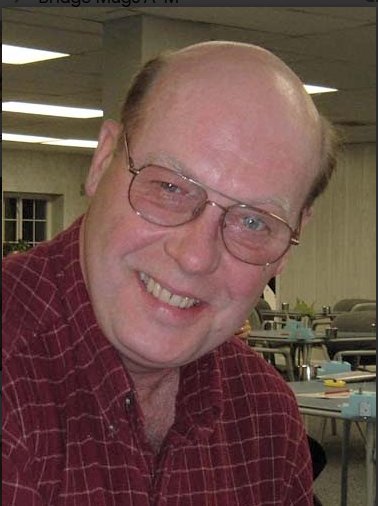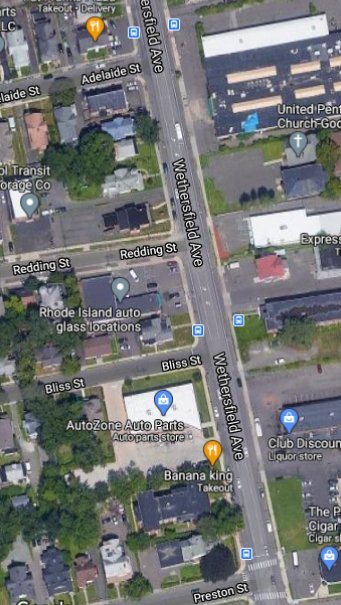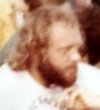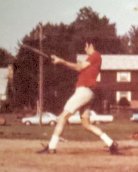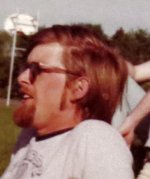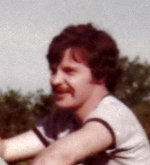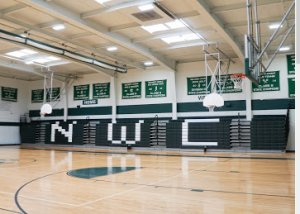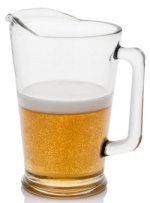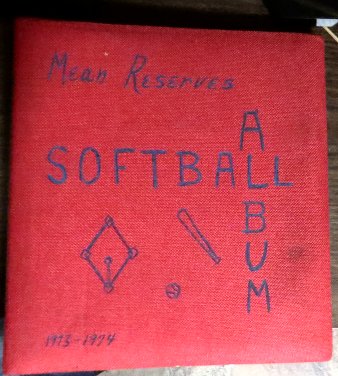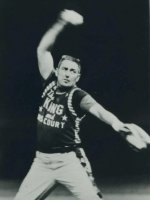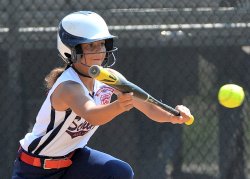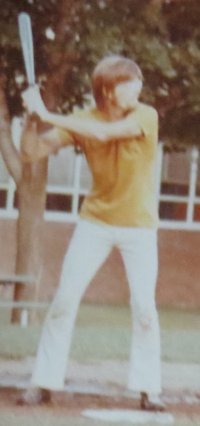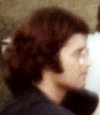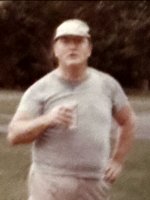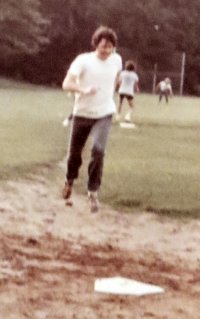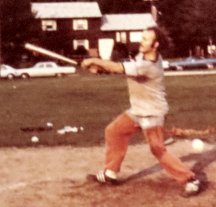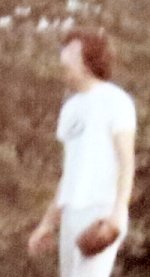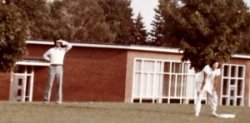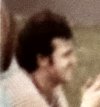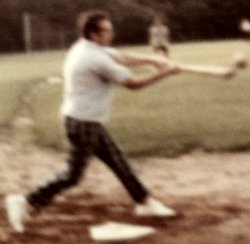David and Sally run the SBC Continue reading
This entry describes workings of the Simsbury Bridge Club between 2013 and 2019. It also lists players who first played at the club in those years who were not my partners. The experiences with my partners for that period are enumerated here. The lists are probably incomplete because the results sheets for 2011 and 2012 are apparently lost.
The following people were playing at the SBC in 2013. Some may have begun in 2011 or 2012 or even earlier. Sally Kirtley was the director, and David Rock was the manager.
- Elisabeth Barnicoat played with Carolyn Newell a few times. Carolyn also played with Sue Wavada at least once. I occasionally saw both Elisabeth and Carolyn at the Hartford Bridge Club (HBC) as I left after an open game in the morning. They were entering the building for a limited game in the afternoon.
- Pat Carey played with Jan Rosow. Over the years she has played at the SBC with Jan and a few others. She did not play at the SBC in 2021, but she sent me an email indicating her intention to return in 2022.
- Med and Kathy Colket always played together. They only played once a month or so, but they continued to play at the SBC through 2021. They were pretty good players, but their bidding techniques needed a little modernizing. I think that they both went to Cornell at the same time that I was an undergrad at Michigan. Med also has a PhD from Princeton. His LinkedIn page is here. They played together at a few tournaments and did quite well. Med came up with the idea of registering vaccinated players for the reboot of the SBC in 2021, as described here. Kathy has also played pretty often at the HBC.
- Patty Connolly played with Louise Jackubosky. I remember Louise clearly, but not Patty. I am pretty sure that Louise is the sister of Aldona Siuta, a regular player at the HBC. Louise has not played at the SBC in a few years.
- Karen Emott played with Margie Garilli quite a few times. I know who Karen is, but I can’t remember much more than her name.
- Carol Foley and Denyse LeMare paid the SBC a visit one Wednesday evening. They were en route from their homes in New Jersey to a bridge tournament somewhere and stayed overnight at the Hampton Inn in Enfield. They played Precision, but on the hand that we played against them they did not get to use any of the gadgets. I overheard one of them remark that there must be a better way to drive back to Enfield than the way that they came. I assured them that there were several, but they were all rather complicated. I advised them to follow my car back to Enfield, which they did successfully. I have never seen them since.
- Kammy and Vj Goel played together several times at the SBC. Vj died in 2017. His obituary is here.
- I think that 2013 is the year that I asked Ken Leopold to play with me, but our longstanding partnership might have begun in 2012. He had previously played with a couple of other people. Much more about the adventures Ken and I shared are provided here.
- Karen Harrison played at the SBC with Linda Dragat. I don’t remember either of them at the SBC, but I distinctly remember Karen’s cringe-worthy stories at the Life Master party that she shared with Nancy Narwold in 2012. Karen now lives in Florida. I have played against Linda many times at the HBC, where she is still an active member in 2021.
- James Lee played with Donna Lyons. James had the very peculiar habit of balancing his scoresheet and pencil on his lap. Since he crossed or uncrossed his legs at least once per minute, the scoresheet and pencil were constantly falling from their perch. I found this amusing, but some people were annoyed. He also liked to underlead aces just because no one expected it. I played with him in one pairs event at the regional tournament in Cromwell when my partner had canceled at the last minute. James never seemed to have a steady partner that I remember. He had been to Tanzania and shared some of his photos with me before our Africa trip in 2015. Our trip is documented here. I don’t know where James is in 2021.
- Debbie Ouellette (ooh LETT) almost always played with David Rock. She got a lot better over the years. She and David ran the partnership desk at the regional tournament in Cromwell for many years. They got married in 2020. Sue and I were invited, but we could not attend because of the pandemic. At the time there was no vaccination, and the treatment modalities were mostly guesswork.
- Toby Schuman sometimes played with her husband Art both at the SBC and in special events at the HBC. Sue Rudd told me that Toby was an excellent athlete. She was also a much better bridge player than her husband.
- Lea Selig played at the SBC on one occasion with Sheila Mark. I don’t remember Sheila at all. Lea is a regular at the HBC. She often plays with Jeanne Striefler or Aldona Siuta. Lea is a good bridge player, but I would never play with her. She is very tough on her partners.
- Mike Winterfield played with my wife Sue. Mike was my first boss back in 1972 at the Hartford Life. Those days are described here. He also participated on our departmental sports teams, the Mean Reserves, as recounted here. I also played with Mike at least once at the Pro-Am event of the regional tournament in Cromwell. We did pretty well. Mike got divorced from his wife Jane at some point. He is a rather active member of the HBC.
- In her SBC debut Mike’s wife Jane Winterfield played with Clara Horn. She also played with Mike a few times at the SBC and the HBC. Hers is a sad story. She had physical problems that culminated with her death. I could not find an obituary.
- I have no recollection of the following players:
- I don’t remember Edie Sherman at all.
- Robert Van Gorder played once with Jerry Hudson. I recall nothing about him.
- Phyllis Vignone played with Carolyn Newell. I do not remember Phyllis.
The following people began playing at the SBC in 2014.
- Dan and Becky Koepf played together a few times. I knew Dan pretty well from the years that I played on Tuesday evenings at the HBC. Dan often played in those games with Dave Landsberg. I asked the two of them to play with Jerry Hirsch and me in the Flight C qualifying tournament for the Grand National Teams. We did exceptionally well when one takes into account that neither pair had any experience in the event whatever. My partnership with Dave is documented here.
- Reba Stock played with Alden. They both played in 2020 as well.
- Stan Stolarz, a resident of Southwick, MA, is still a fairly active member of the club in 2021.
- Fred Striefler is a physicist and a very smart guy. He is also Jeanne’s husband. He plays with us at the SBC when we need someone to fill in. Jeanne is much more serious about bridge than Fred.
- Maureen Walsh mostly played with Jan Rosow. Moe’s Life Master party at the SBC in 2019 set a modern day attendance record. Jan and Moe still come to the SBC about once per month.
- I have no recollection of the following players.
- Sue Shipley played with Ida.
- Andrea Saxon (Ron’s wife) played w/ Ellen Dworetsky.
The following people began playing at the SBC in 2015.
- Al Carpenter played with a number of people at the SBC. I think that he found our game through an unsanctioned daytime game at Eno Hall. He was a big boisterous guy with a hearing problem that seemed to cause him to talk a bit too loud. I think that he worked for Enterprise Rent-a-Car. His last partner was Rollin Shank. I don’t know why Al stopped coming to our games.
- Yan Drabek and Allison Ryan came down from Massachusetts to qualify to play in the NAP. I have subsequently had many email exchanges with Yan, who manages the website for Unit 196 (Western Mass). I once arranged for her to meet bridge expert Harold Feldheim at a CBA sectional tournament. She was interested in taking some lessons from Harold. I played with Allison once. I think that it might have been at the SBC.
- I was surprised to see that Betty Kerber once played at the SBC with Pat Carey. Her regular partner at the HBC and at tournaments was Don Muller, but she has also played with other people.
- Aaron Leopold is one of Ken’s sons. He has played at the HBC with his dad a few times. He is an officer in the Army. I think that he flies helicopters.
- Lori Leopold is Ken’s wife. I don’t know why she has let me play with Ken every week for so many years. She was a very important figure in the renaissance of the SBC in 2019, as described here.
- Everyone was a little shocked when top players Alan Rothenberg and Geof Brod came to the SBC for an NAP qualifying game. To no one’s surprise they finished first and earned their Q’s.
- Rollin Shank played with Robert Webber in his first appearance at the SBC. I don’t remember Robert, who never returned, but Rollin played fairly regularly, mostly with Al Carpenter, for several years. After that he often teamed up with Tina Yablonski at the HBC and at local tournaments.
- Ronit Shoham has played fairly regularly at the SBC, mostly with Lori. They still play together pretty often, both at the SBC and the HBC. Ronit is famous for paying her table fees with $2 bills. If she arrived at the game at 6:29, she was early. She insisted that Israelis were always late.
- I don’t remember the occasion, but Felix Springer first played at the SBC in 2015. I have played with him many time and played on teams with him even more often. Those experiences are described here. In 2021 he is the president of the HBC. So, in a way he is my boss.
The following people began playing at the SBC in 2016.
- I did not realize that Frankie Brown (a woman) had ever played at the SBC, but she is listed on one of the results sheet in 2016. She has been a member of the HBC for a long time, but I have not seen her in 2021.
- Nancy Calderbank played at least once with Sue Wavada. In 2021 she still plays often at the HBC and once a month at the SBC with Xenia Coulter.
- Debbie Katz played with Lori at the SBC. Debbie was a regular at the HBC and at local tournaments before the pandemic, but I have not seen her in 2021.
- It must have been a special occasion when Dave Landsberg played with Felix at the SBC. He must have had a long drive from and to his house in Higganum. Dave was one of the best people whom I ever met. More details about our relationship are collected here.
- Joe and Rachel Peled first played together at the SBC in 2016. They came back a few times after that, but mostly they played at the HBC and at tournaments. I have seen Rachel at the HBC in 2021. I heard that Joe had physical difficulties that restricted his play to online.
- Chuck Pickens played with Diann Wienke fairly often before the pandemic. I even played one night with Chuck when Diann and Ken were not available. I have not seen either of them in 2021.
- Trevor Reeves made his debut at the SBC with Felix. I have played with him quite a few times at the HBC and at tournaments. The details are here.
- Norm Rosow played with his wife Jan at the SBC a few times. I have seen him once or twice at the HBC in 2021.
- I do not remember the following players who played at least once at the SBC in 2016.
- Betty Friedman played with Ken.
- Bruce Meade played with Rollin.
The following people began playing at the SBC in 2017. The list is almost certainly not complete.
- Richard McClure played with Allison Ryan. I know him from tournaments.
- Helene and Hank Thompson were regulars at the SBC in the early months of 2017.
- Kathy Fahey played with Sue Wavada in 2017, and they have kept in touch since then. They have played online at the HBC games in 2021.
- Ginny Basch played with Sue Wavada in 2017. I don’t think that she came to the SBC again, but they have enjoyed many breakfasts together since then at a “greasy spoon” in Somers, CT.
- Lesley Myers played with Jeanne Striefler. Lesley is one of the best players at the HBC. I played with her there once. She was the only person who noticed the flesh-covered golf ball on my left elbow, as I recounted here.
- Brittany Stahely played with Lori Leopold. I don’t remember Brittany.
2018 began with a bang. On January 31 the SBC held a party to celebrate Moe Walsh’s achievement of the rank of Life Master. The Youth Room was wall-to-wall bridge players. We had nine tables, and for the first time in many years we were able to play a Mitchell2. Here are the people who came to our Wednesday evening game for the first time that night.
- Two top players from the HBC, Tom Joyce and Y.L. Shiue, joined our group for the first time. Before I really knew him I once sat beside Tom on a long Continental flight from Houston.
- Gay Godfrey played with Ida that night and on quite a few subsequent occasions in 2018.
- Sue Wavada talked one of her HBC partners, Marianne Hope, into sitting across from her.
- John Calderbank, with whom I have played quite often, played with his wife Nancy. In 2021 John is very active in the management of the HBC and also, with Nancy, runs a bridge game in Glastonbury.
- Marie Abate played with Ron Talbot. Marie still plays regularly at the HBC. Ron, a former president of the HBC, has moved to Naples, FL
- Tina Yablonski played with Rollin Shank that tournaments and at tournaments. Tina and her husband went on a few trips with the Strieflers. Tina was a member of the HBC’s Planning Committee on which I served before the pandemic.
Unfortunately, the rest of the year did not yield anything like that. No new players came during the rest of the winter or the spring. The summer was disrupted somewhat by remodeling of the basement of Eno Hall. We were able to play, but the game was sometimes moved to rooms that were not nearly as nice for bridge as the Youth Room. A few new players came in the late summer and fall. Here is the list:
- On August 1 Linda Starr, whom I first met at the Tuesday night games at the HBC ten years earlier, brought Gordon Kreh to play at the SBC. Linda was (and is) a fine player who later became a director and communication specialist for the HBC. Gordon, like so many others, picked up the fundamentals of bridge decades earlier, but he was having difficulty adjusting to the new conventions and the more aggressive approach to bidding. They did pretty well at the SBC for the rest of the year.
- Three weeks later Joe Brouillard and his wife Linda Ahrens played in the Wednesday evening game and took home all the marbles. I played once with Linda in the Senior Regional in Hyannis, MA. Our game was not that memorable, but I recall that she actually walked to the tournament that day, and Joe brought us both lunch. We also played together once in a club game in Warwick, RI. Joe is also a good friend. Not only has he served for years as the District 25’s treasurer—in which role he was instrumental in rescuing the NEBC from years of dwindling assets, but he also served as chairman of both the 2014 and 2022 NABC tournaments in Providence. I have also played against both of them many times at regional and sectional tournaments.
- On October 3 Jessica Koob played with Jeanne. She did not return, and I don’t remember her at all.
By the spring of 2019 the club was a shadow of its former self. We often seemed to face the prospect of the dreaded two-and-a half-table game with the five-board sitout. I remember several two-table games that we scored using IMPs1, a format that I actually enjoyed. At least once I drove out to Simsbury, and there were not enough people for even that kind of play, and once we were locked out of the building. Some games were canceled because of lack of interest just before Wednesday.
As far as I can tell, only one new player appeared at the SBC during the first part of 2019. On May 1, 2019 Mike Carmiggelt played with Jeanne. Mike played with Linda Starr for years on Tuesday nights at the HBC. During the pandemic he contacted me by telephone (!) to suggest that we have an informal game in Eno Hall, which was still closed at the time. In 2021 his is still a familiar face at the tables at the HBC, but I have not seen him at Eno.
The club was on life support by May of 2019. Dave Rock had moved to West Brookfield, MA, which was more than an hour away from Eno Hall. He and his partner Debbie Ouelette were obviously not willing to make that drive for a two-table game. Sally Kirtley wanted to keep the club going, but she now had weighty responsibilities in her new position as the district’s tournament manager. The SBC was badly in need of new blood and resuscitation.
Fortunately, that is exactly what happened, as is described here.
1. IMP is an acronym for International Match Point, a way of scoring commonly used in team games. It is described in some detail here.
2. In a Mitchell movement each pair is assigned a permanent designation as East-West or North-South. The latter stay at the same table throughout the session, and the East-West pairs move. It requires a certain number of tables for a reasonable game. The other common movement at club games is a Howell. Most pairs in a Howell play North-South in some rounds and East-West in others. Almost everyone moves after each round. The objective is to allow each pair to play against as many pairs as possible.


